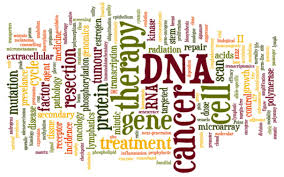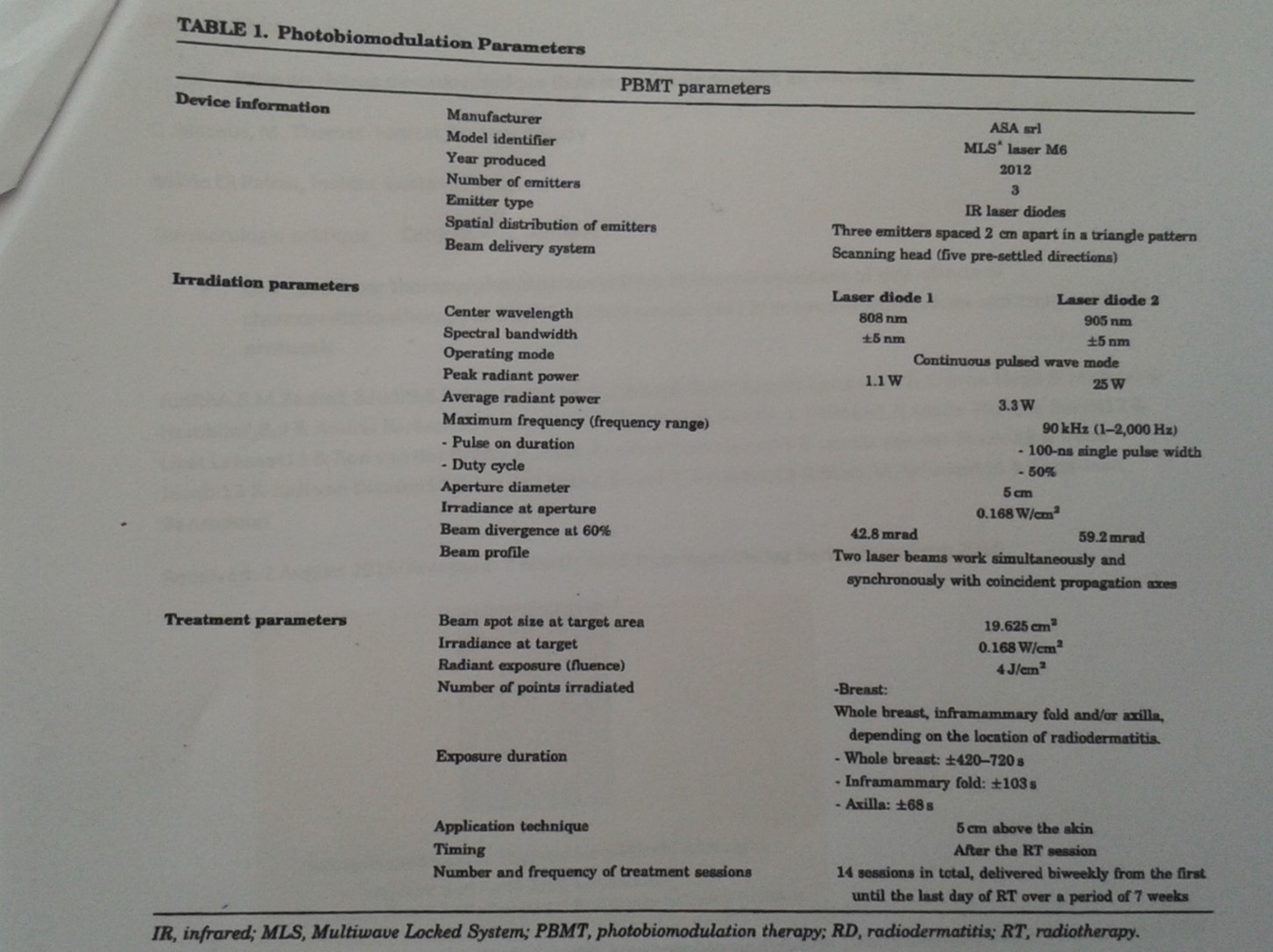Soins de Support et Photobiomodulation
Soins de Support et PHOTOBIOMODULATION
Il existe une vie dans la survie.
La découverte d'un cancer sonne comme un glas dans la tête du patient et de son entourage.
Après l’anéantissement, le combat commence.
Mais les traitements anticancéreux sont encore lourds et parfois très mal supportés.
Les effets secondaires malgré l’apport des thérapies ciblées entravent la vie quotidienne.
Le regard de l’autre est encore plus important, ressenti comme une sanction aussi grande que l’annonce.
Parmi les principales manifestations :
• Onychopathies :
Onycholyse, Hémorragies sous unguéale, Lignes de Beau, Dystrophies unguéales
• Paronychies ou périonyxis
• Syndrome Main-Pied
• Les folliculites (ne sont pas de l’acné)
• Les modifications de la pilosité
• Les troubles pigmentaires
• Xérose et troubles de la cicatrisation
Toutes ces manifestations inscrivent à un moment de leur histoire un ou plusieurs paramètres de l’inflammation (rougeur, chaleur, douleur).
Plus de 5000 études démontrent l’efficacité de la PBM (en rouge d'abord) pour aider à la cicatrisation.
Les travaux de René Jean Bensadoun et Gaston Ciais ont consacré ce travail.
Des guides lines conduisent les soins de support pour cicatriser les lésions invalidantes de radio et chimiomucites qui altèrent la qualité de vie de ces patients.
Diminuer la douleur est aussi un pas vers une meilleure cicatrisation.
Ce champ de travail s’élargit.
Une étude portant sur la prévention des radiodermites aigues par la PBM dans les suites de cancer du sein est très prometteuse.
Ci-joint un tableau (voir diapo) des paramètres de PBM utilise dans cette indication.
Pour le Pr Rj Bensadoun (Consensus), la PBM ne peut s’effectuer chez un patient en cours de traitement.
Comme le démontrent les nombreux travaux effectués en soin de support pour améliorer la qualité de vie. Ils atténuent ou préviennent les effets secondaires lors des cancers ORL et des leucémies notamment chez l’enfant.
Le problème de la réactivation chez les patients non traités fait l’objet de nombreuses publications.
Nul doute que la Photobiomodulation s’intégrera peu à peu (naturellement) dans l’arsenal des soins de support, renforçant le dynamisme des « survivors » …ou apaisant le chemin du départ.
©Michèle Pelletier-Aouizerate
Bibliographie
Prise en charge dermoesthetique dans les soins de support en oncologie
C .Mateus, M. Thomas institut Gustave Roussy
Mario Di Palma, Institut Gustave Roussy
Dermatologie pratique Cahier2, 409, Avril 2017
• Low-level laser therapy/photobiomodulation in the management of side effects of chemoradiationtherapy in head and neck cancer: part 2: proposed applications and treatment protocols
JudithA.E.M.Zecha1 &JudithE.Raber-Durlacher1,2 &RajG.Nair3 &JoelB.Epstein4,5 & Sharon Elad6 & Michael R. Hamblin7,8,9 & Andrei Barasch10 & Cesar A. Migliorati11 & Dan M. J. Milstein1 & Marie-Thérèse Genot12 & Liset Lansaat13 & Ron van der Brink5 & Josep Arnabat-Dominguez15 & Lisette van der Molen13 & Irene Jacobi13 & Judi van Diessen14 & Jan de Lange1 & Ludi E. Smeele1,13 & Mark M. Schubert16 & René-Jean Bensadoun
Received: 2 August 2015/Accepted: 7 March 2016 # Springer-Verlag Berlin Heidelberg 2016
Mitigation of Cancer Therapy Side-effects with Lights: Raj Nair and René Jean Bensadoun Published october 2016-Margan Claypool
Prevention of acute radiodermatitis by photobiomodulation: Randomized , Placebo-controlled Trial in Breast Cancer patients(TRANSDERMIS Trial)
Jukien Robijns,Sandrine Censabella,Stefan Claes and al
Lasers in Surgery and Medicine 9999 :1-9(2018)
• Phototherapy 660 nm for the prevention of radiodermatitis in breast cancer patients receiving radiation therapy: study protocol for a randomized controlled trial.
Costa MM, Silva SB, Quinto AL, Pasquinelli PF, de Queiroz Dos Santos V, de Cassia Santos G, Veiga DF
Department of Plastic Surgery, Universidade do Vale do Sapucai, Avenida Prefeito Tuany Toledo, Pouso Alegre - MG CEP 37550-000, Brazil. danielafveiga@gmail.com.
• A Preliminary Study of the Safety of Red Light Phototherapy of Tissues Harboring Cancer
Max Myakishev-Rempel, Ph.D., 1 Istvan Stadler, Ph.D.,2 Philip Brondon, M.D.,2 David R. Axe, M.Sc., 1 Mark Friedman, Ph.D.,3 Frances Barg Nardia, M.Sc., 1 and Raymond Lanzafame, M.D., M.B.A.2
Photomedicine and Laser Surgery Volume 30, Number 9, 2012 ª Mary Ann Liebert, Inc. Pp. 551–558 DOI: 10.1089/pho.2011.3186
• The Balance Between Normal and Tumor Tissues in Phototherapy of Tissues Harboring Cancer
Timon Cheng-Yi Liu, PhD, Jie Zhang, MS, and Xing-Er Li, MD
Photomedicine and Laser Surgery Volume 31, Number 3, 2013 ª Mary Ann Liebert, Inc. Pp. 93–94 DOI: 10.1089/pho.2012.3355
• Polychromatic Light (480–3400nm) Upregulates Sensitivity of Tumor Cells to Lysis by Natural Killers
Nickolay A. Knyazev, PhD,1,2 Kira A. Samoilova, PhD, 1 Heidi Abrahamse, PhD, 3 and Natalia A. Filatova, PhD1
Photomedicine and Laser Surgery Volume 34, Number 9, 2016 ª Mary Ann Liebert, Inc. Pp. 373–378 DOI: 10.1089/pho.2016.4159
• Wound healing after radiation therapy : Review of the literature
Frank HaubnerEmail author, Elisabeth Ohmann,Fabian Pohl, Jürgen Strutz and Holger G Gassner
Radiation Oncology20127:162 https://doi.org/10.1186/1748-717X-7-162
© Haubner et al.; licensee BioMed Central Ltd. 2012
Supportive care and photobiomodulation
« Surviving is also » some new way of living.
Learning we have a cancer desease sounds like a death blow in the head and family environment,
After first psychic sideration , the fight starts …
But anti-cancer treatments are still heavy and sometimes very badly tolerated.
Side effects (Even targeted therapies) can disrupt the patient's everyday life.
Being observed by others is more difficult, perceived as a punishment.
Among the main clinical side effects :
• Onychopathies:
Onycholysis, Underwater haemorrhages, Beau's lines, Nail dystrophies
• Paronychies or perionyxis
• Hand-Foot Syndrome
• Folliculitis (Acne lesions like)
• Hairness change
• Pigmentary disorders
• Xerosis and healing disorders
All these clinical events are part of inflammation (one or more parameters) at. one point of their process : redness, heat, pain).
More than 5000 studies demonstrate the efficacy of PBM (in red WL first) to help healing.
René Jean Bensadoun and Gaston Ciais have devoted this work. Guide lines conduct supportive care to heal the crippling lesions of radio and chemomucitis, which affect the quality of life of these patients.( Decreasing pain is also a step towards better healing).
This field is growing. A study on the prevention of radiodermites acute by PBM in the aftermath of breast cancer is very promising.
This is a table of PBM parameters used in this indication. ...
For Professor Rj Bensadoun (Consensus), PBM can not be performed in a patient without undergoing treatment.
Any way many studies demonstrated how supportive care can benefit PBM to impove quality of life.
They mitigate or prevent side effects in head and neck cancers and leukemias, especially in children.
The problem of reactivation in untreated patients induces numerous controversal publications.
There is no doubt that photobiomodulation will gradually be integrated (naturally) into the arsenal of supportive care, strengthening the dynamism of the "survivors" ... or calming down the path of passing away.
©Michèle Pelletier-Aouizerate


